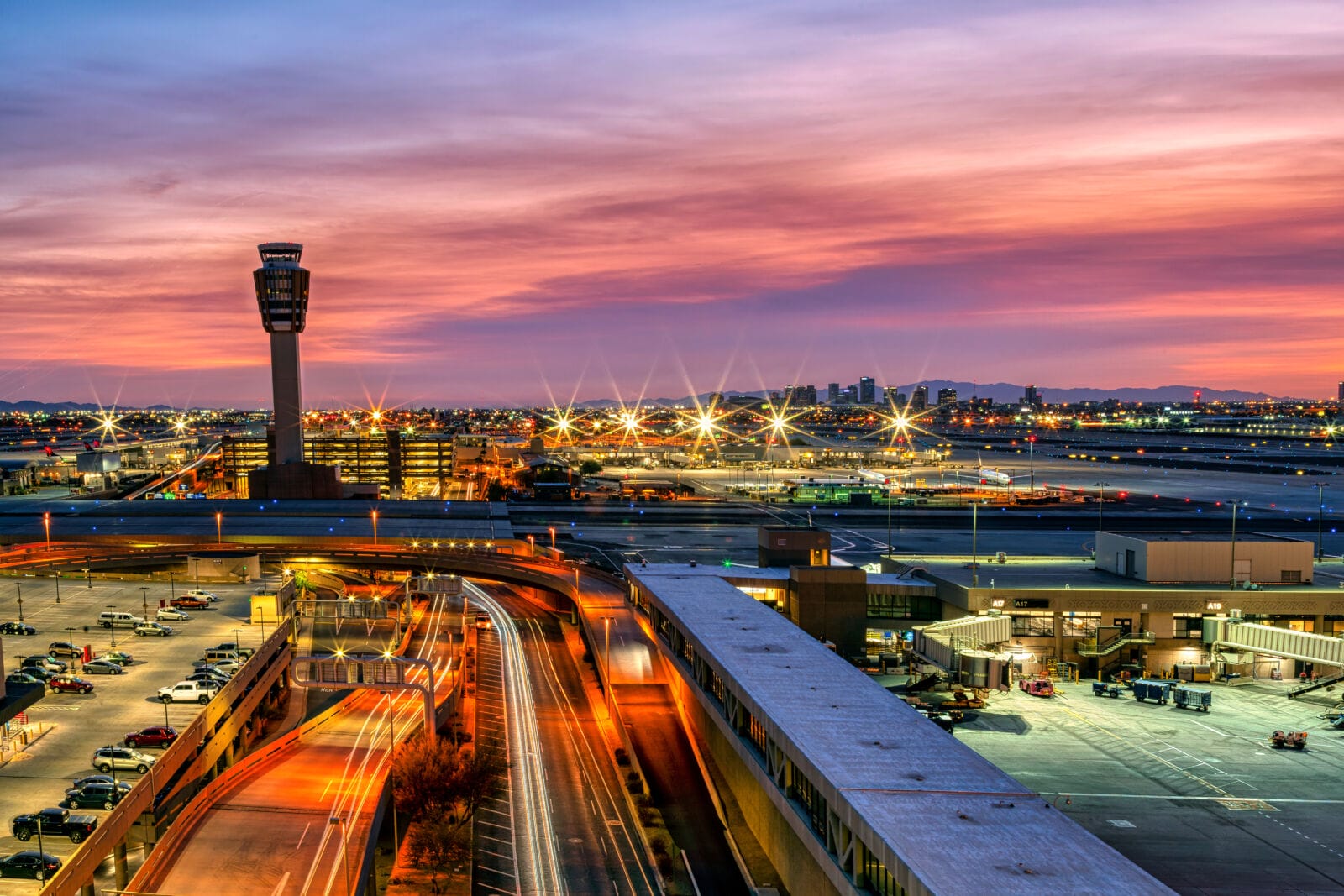The aviation industry is driven by a growing emphasis on sustainability, efficiency and strategic development. Airport planning and infrastructure are at the center of these changes, as efforts to modernize facilities increasingly focus on integrating energy-efficient technologies and environmentally responsible solutions.
Sustainability in airport development
One of the most notable shifts in aviation infrastructure is the focus on sustainability. Airports and aviation facilities are incorporating LEED-certified designs, solar power and high-performance insulation to reduce energy costs and enhance long-term reliability. Hangar designs are also evolving to support these initiatives, with energy-efficient features such as climate-controlled systems powered by high-efficiency split-system HVAC units, LED overhead lighting, and solar energy storage capable of a 90-minute hold cycle. Insulated walls, TPO roofing, and R100 windows contribute to temperature regulation, minimizing energy waste while ensuring operational efficiency.
Environmental protection measures are also being integrated into aviation infrastructure to mitigate operational impacts. Raised, leak-proof foundations, grease traps and washdown trench drains manage oil runoff and prevent contamination, while foam fire suppression systems provide a safer alternative to traditional methods. High-volume, low-speed (HVLS) fan systems enhance airflow efficiency, further reducing energy consumption. As the industry seeks to minimize its environmental impact, investments in these green technologies are becoming essential for future development.
Revitalizing historic aviation sites
In addition to building new infrastructure, efforts to preserve and modernize historic airports are gaining traction. Arizona’s Winslow-Lindbergh Regional Airport, built in 1927, once played a significant role in transcontinental travel and firefighting operations but has remained inactive in recent years. Plans are underway to renovate the site, blending historical preservation with modern sustainable infrastructure to ensure its continued relevance in aviation. Updated facilities will incorporate energy-efficient materials and renewable energy sources, supporting long-term operational resilience.
Strategic infrastructure for economic growth
Aviation infrastructure is a key driver of regional economic development, with modern facilities increasingly prioritizing efficiency and sustainability. The Winslow I-40 TradePort, for example, is positioned to support industrial expansion by leveraging its access to water resources and renewable energy potential. Similarly, Falcon Field in Mesa stands at the forefront of innovation, with the Mesa Hangar development setting a new standard for sustainable aviation infrastructure.
These achievements are made possible through a combination of cutting-edge design features, including a highly insulated building envelope, low solar gain glass to counter Mesa’s intense sunlight, LED lighting with daylight and occupancy controls and state-of-the-art variable refrigerant flow air-conditioning technology. Additionally, the hangars are powered by an extensive rooftop photovoltaic system, with battery storage technology that allows stored solar energy to be used even when the sun isn’t shining, reducing reliance on high-emission power plants. Notably, battery storage remains rare in the region, making Mesa Hangar a leader in advancing renewable energy integration.
MORE NEWS: How Phoenix-Mesa Gateway Airport drives regional development
WANT MORE ECONOMIC INSIGHTS? Get our free newsletter here
The success of Mesa Hangar is already evident. Phase 2 buildings received the Designed to Earn ENERGY STAR designation and recognition in the Decarbonize Your Design challenge, while the first six buildings have exceeded initial energy performance expectations. Phase 1 buildings are on track to achieve the maximum ENERGY STAR rating of 100, and the project has secured nearly $100,000 in utility rebates from Salt River Project (SRP). Beyond financial savings, the environmental impact is substantial, with sustainability measures estimated to save more than 1,900 metric tons of CO2 annually. This is the equivalent of removing 422 cars from the road, offsetting the energy use of 224 typical U.S. homes, or planting more than 32,000 trees.
With Falcon Field leading the way in sustainable hangar design, Arizona is solidifying its role as a national leader in aviation infrastructure investment, proving that economic growth and environmental responsibility can go hand in hand.
Aviation’s future: Efficiency and connectivity
As aviation continues to evolve, efficiency and connectivity will remain central to infrastructure planning. Sustainable airports, revitalized historic sites, and large-scale trade infrastructure projects reflect a broader trend in which strategic investment and innovation are shaping the industry’s future. These efforts highlight how aviation can balance modernization with environmental responsibility while supporting economic and community development.
Author: David Wakefield is president and principal at Davcon Aviation.




